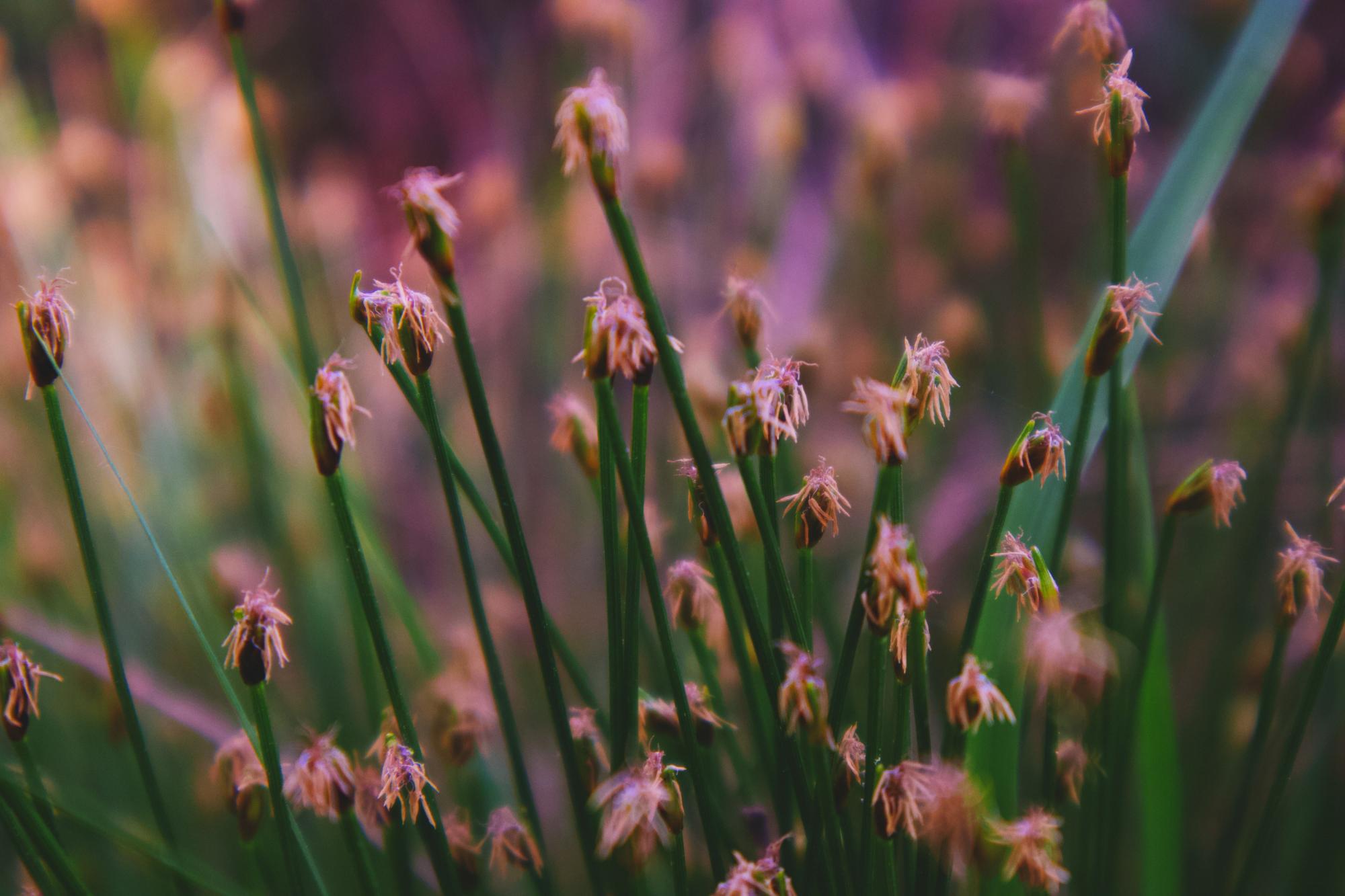While rushes can be great for biodiversity in a pasture, their hardiness can mean that they take over the area, pushing other species and grazing out. Managing rushes can seem a tall task but this can be made low effort. Find out the best way to manage rushes.

Management Methods
There are three main ways to manage rush growth – herbicides, cutting and cultivation. It is rare that one method alone is effective, so two methods can often give the best results.
Herbicides can be highly effective but can also kill off other plants which you may want to keep, for example clover. They may also be harmful to wildlife and grazing stock.
Maintaining rush density through cultivation alone can be painstaking but is the least invasive and damaging to the environment. After an initial cutting, livestock can be brought in to control any new growth. Cattle, hardy ponies, and deer are the best options, as sheep will usually refuse to eat the rushes. If there are too many animals grazing the land this can lead to poaching, which will help the rushes, so this should be avoided. Other things to look at are the soil pH and drainage, as rushes like a low pH and lots of water. An aerator or harrow will help to improve the drainage, and spreading lime can decrease the acidity of the soil.
Finally, we come to cutting the reeds. Timing is vital, as the rushes need to be cut before they seed (August) and in mid-winter to freeze their stems. However, it is important to cut after any nesting birds have fledged to avoid destroying eggs. There is also a decision to be made on which type of mower to use.

Which Mower?
When choosing a mower for cutting and maintaining rushes it is important to consider how you want to use it. For those with relatively flat land, a disc mower or topper mower offer a good cut while also being fairly economic. A disc mower is ideal for a lighter infestation. The cuttings are evenly spread which can then be used for animal bedding.
A topper mower is a bit more powerful and so can handle much heavier rush density, as shown by James at Machinery Nation (see video). Depending on the thickness of the rushes in question, the cuttings may need to be cleared so that new grass growth isn’t smothered. If you have a little extra budget, a forage harvester could be a sound investment. This machine collects the cuttings and processes them down for fermenting into silage.
A tractor mounted flail mower is perfect for more uneven terrain with a heavy rush load. The heavy hammer blades mulch the cuttings and damage the stems more, meaning that they are more likely to die off, especially in a mid-winter cut. However, flail mowers do require more power and can cost more at the initial purchase.
Whether it’s the methods you use, or the machine you choose, you will need to carefully consider what is the most effective way to manage rushes on your land which will yield the best results. Farm Tech Supplies offer various compact and small tractor mounted mowers and harrows from Winton, FPM and William Hackett.
With thanks to James at YouTube channel Machinery Nation.








